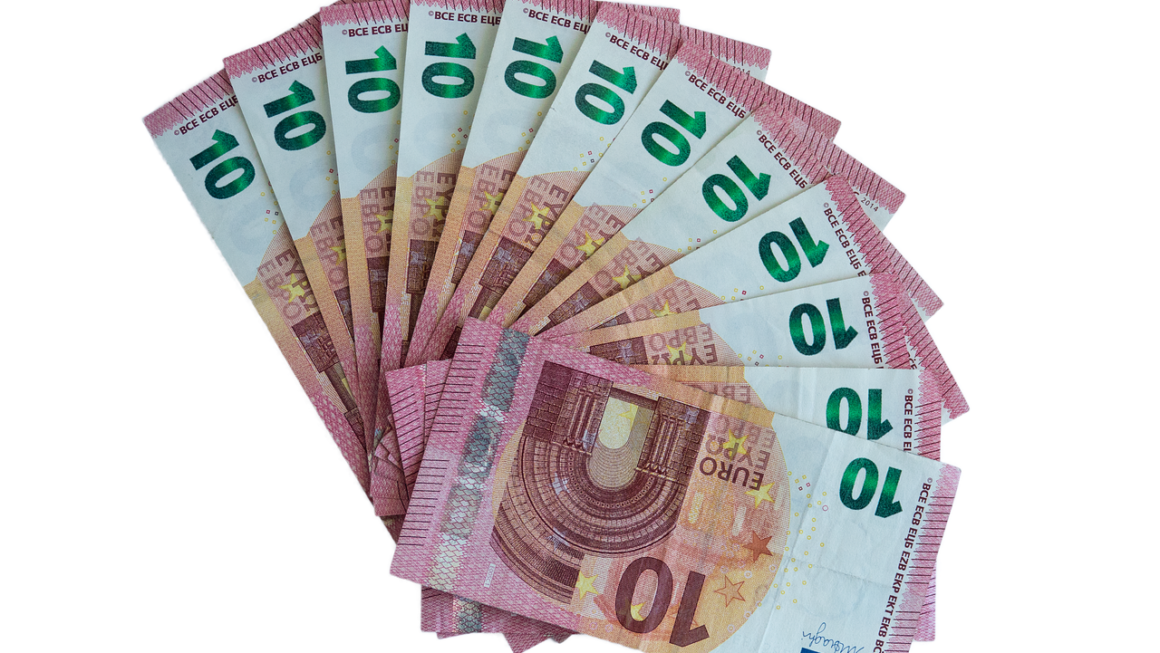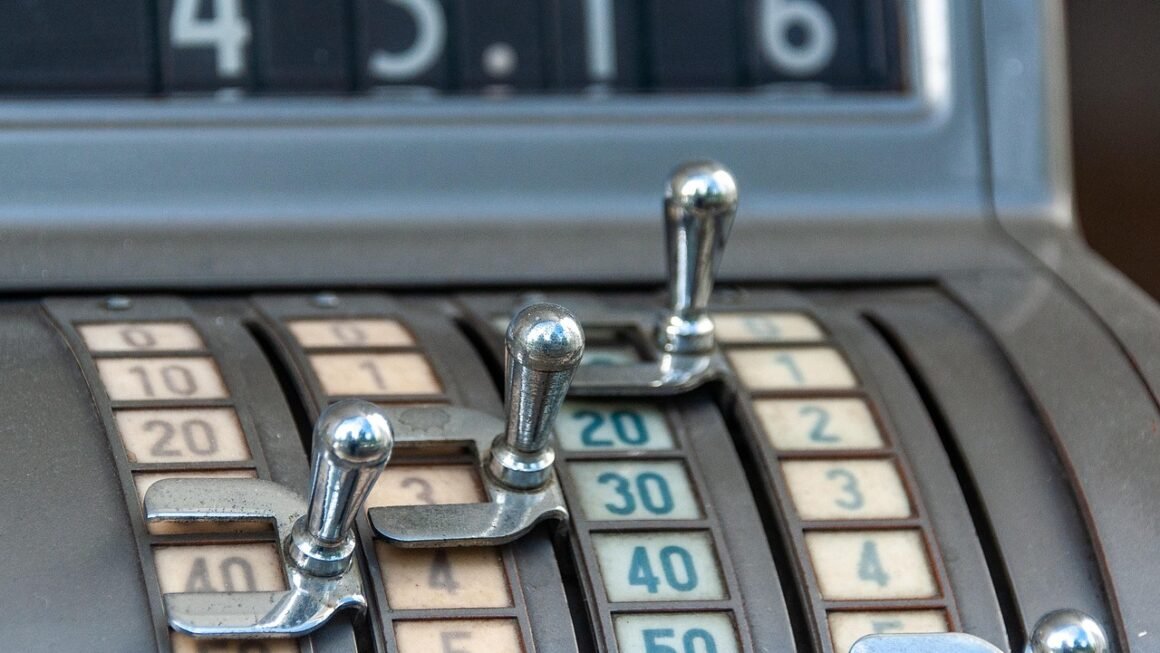Tracking expenses might feel like a chore, but understanding where your money goes is a cornerstone of financial stability and growth. Whether you’re managing a household budget, running a small business, or simply striving for better financial awareness, mastering expense tracking is an essential skill. This guide will break down the complexities of expenses, providing practical strategies and tools to help you gain control of your finances.
Understanding Different Types of Expenses
Expenses are the costs incurred in day-to-day living or operating a business. Categorizing these expenses is crucial for effective budgeting and financial analysis.
Fixed Expenses
Fixed expenses are recurring costs that remain relatively constant each month. These are predictable and essential for budgeting.
- Examples:
Rent or mortgage payments
Car payments
Insurance premiums (health, auto, life)
Subscription services (e.g., Netflix, Spotify)
Loan repayments
- Why They Matter: Knowing your fixed expenses provides a baseline for your budget. These are the non-negotiable costs you must cover each month. Understanding these expenses makes planning easier.
Variable Expenses
Variable expenses fluctuate from month to month, depending on your consumption or spending habits.
- Examples:
Groceries
Utilities (electricity, gas, water)
Transportation (gas, public transit)
Entertainment
Dining out
Clothing
- Why They Matter: Variable expenses offer opportunities for cost-cutting. By tracking and analyzing these expenses, you can identify areas where you can reduce spending. For instance, meal planning can significantly lower grocery bills, and reducing restaurant visits can save hundreds each month.
Discretionary Expenses
Discretionary expenses are non-essential items or services that people purchase for enjoyment or convenience.
- Examples:
Vacations
Hobbies
Luxury goods
Concerts and sporting events
Premium coffee or snacks
- Why They Matter: These expenses are the easiest to cut back on when trying to save money or reach financial goals. Evaluating discretionary spending habits can reveal significant savings potential. It is a good idea to ask: “Is this a need or want?”
Unexpected Expenses
Unexpected expenses are unforeseen costs that arise suddenly and can disrupt your budget.
- Examples:
Medical emergencies
Car repairs
Home repairs (e.g., plumbing issues, appliance breakdowns)
Job loss
Legal fees
- Why They Matter: Having an emergency fund is crucial for covering unexpected expenses without derailing your financial plans or accumulating debt. Financial advisors often recommend saving 3-6 months’ worth of living expenses in an easily accessible account.
Methods for Tracking Expenses
Choosing the right method for tracking expenses depends on your preferences, tech savviness, and level of detail you desire.
Manual Tracking (Spreadsheets and Notebooks)
- Description: Involves manually recording expenses in a spreadsheet (e.g., Excel, Google Sheets) or a physical notebook.
- Pros: Simple, customizable, and doesn’t require internet access.
- Cons: Time-consuming, prone to errors, and requires discipline.
- Example: Creating a Google Sheet with columns for date, description, category, and amount. Each day, record every expense, categorizing it appropriately.
Expense Tracking Apps
- Description: Mobile apps designed to automatically track and categorize expenses.
- Pros: Convenient, user-friendly, often sync with bank accounts, provide insightful reports, and offer budgeting tools.
- Cons: May require sharing financial data with third-party services, potential subscription fees.
- Popular Apps:
Mint: Free, comprehensive budgeting and expense tracking.
Personal Capital: Focuses on investment tracking and net worth calculation.
YNAB (You Need A Budget): Zero-based budgeting approach.
PocketGuard: Simplifies budgeting with a focus on spending limits.
Bank Statements and Credit Card Statements
- Description: Reviewing monthly statements to identify and categorize expenses.
- Pros: Provides a comprehensive record of spending, readily available.
- Cons: Retrospective, requires manual categorization, doesn’t offer real-time tracking.
- Tips: Download statements as CSV files and import them into a spreadsheet for easier analysis. Most banks provide expense categorization within their online portal.
Benefits of Tracking Expenses
Tracking expenses offers numerous financial advantages, both short-term and long-term.
- Improved Budgeting: Provides accurate data for creating and maintaining a realistic budget. You’ll understand where your money is actually going, not where you think* it’s going.
- Reduced Debt: Identifies areas where you can cut back on spending, freeing up funds to pay down debt faster. Seeing those smaller subscriptions and “treat yourself” moments accumulate on a report helps provide a healthy dose of reality.
- Increased Savings: Reveals opportunities to save money by reducing unnecessary expenses.
- Financial Awareness: Enhances your understanding of your spending habits and financial patterns.
- Goal Setting: Supports financial goal setting by providing a clear picture of your current financial situation.
- Tax Deductions: For businesses and certain individuals, tracking expenses accurately can help maximize tax deductions.
- Better Financial Decisions: Equipped with insights, you can make more informed decisions about spending, saving, and investing.
Tips for Effective Expense Tracking
To maximize the benefits of expense tracking, follow these best practices.
- Be Consistent: Track expenses regularly, ideally daily or at least weekly. This will help avoid forgotten transactions and maintain accuracy.
- Categorize Accurately: Use consistent and well-defined categories to facilitate analysis and comparison over time.
- Keep Receipts: Retain receipts for expenses, especially for business-related or potentially deductible items.
- Review Regularly: Analyze your expense data monthly to identify trends, areas for improvement, and progress toward financial goals.
- Set Realistic Budgets: Use your expense data to create budgets that are aligned with your actual spending habits.
- Automate Where Possible: Utilize banking apps or expense tracking tools that automatically categorize transactions.
- Separate Business and Personal Expenses: If you run a business, maintain separate accounts and tracking systems for business-related expenses.
- Reconcile Regularly: Compare your tracked expenses with bank statements and credit card statements to ensure accuracy.
- Use Technology to Your Advantage: Link your bank accounts and credit cards to an expense tracking app to automate data entry and categorization.
- Don’t Get Discouraged: Expense tracking can be tedious at first, but the long-term benefits are well worth the effort. Start small and gradually refine your system.
Conclusion
Taking control of your expenses is a crucial step toward achieving financial freedom and security. By understanding different types of expenses, employing effective tracking methods, and consistently analyzing your data, you can gain valuable insights into your spending habits and make informed decisions to reach your financial goals. Whether you choose a simple spreadsheet or a sophisticated expense tracking app, the key is to start, stay consistent, and let the data guide your journey towards financial well-being.



